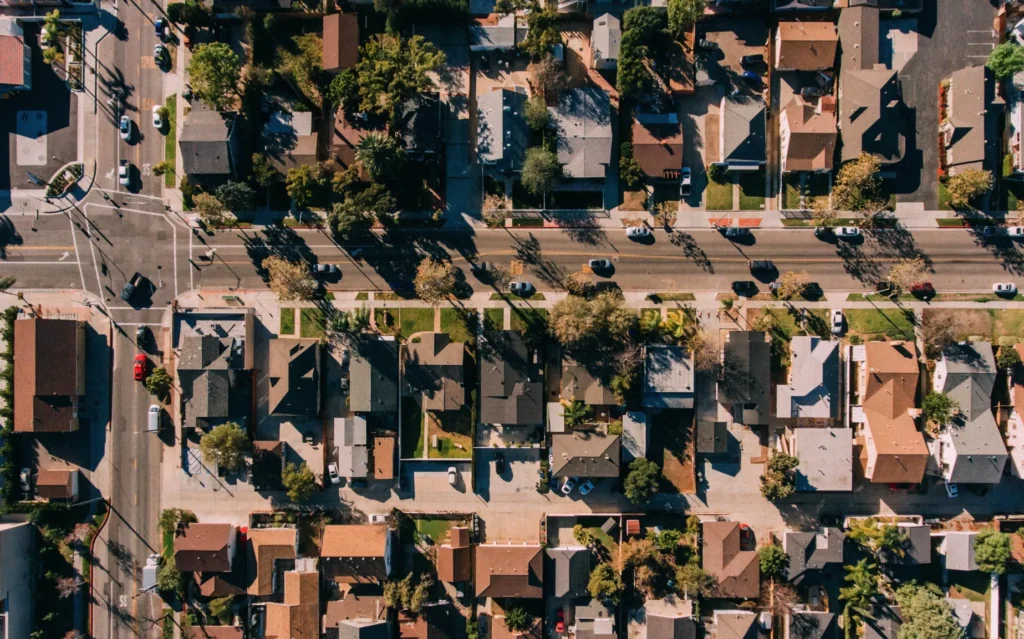
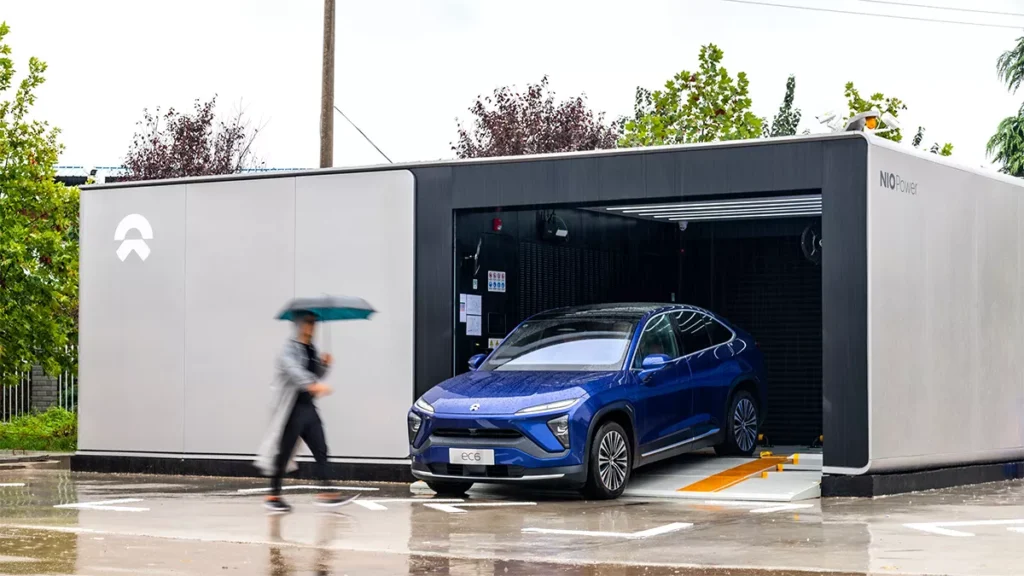
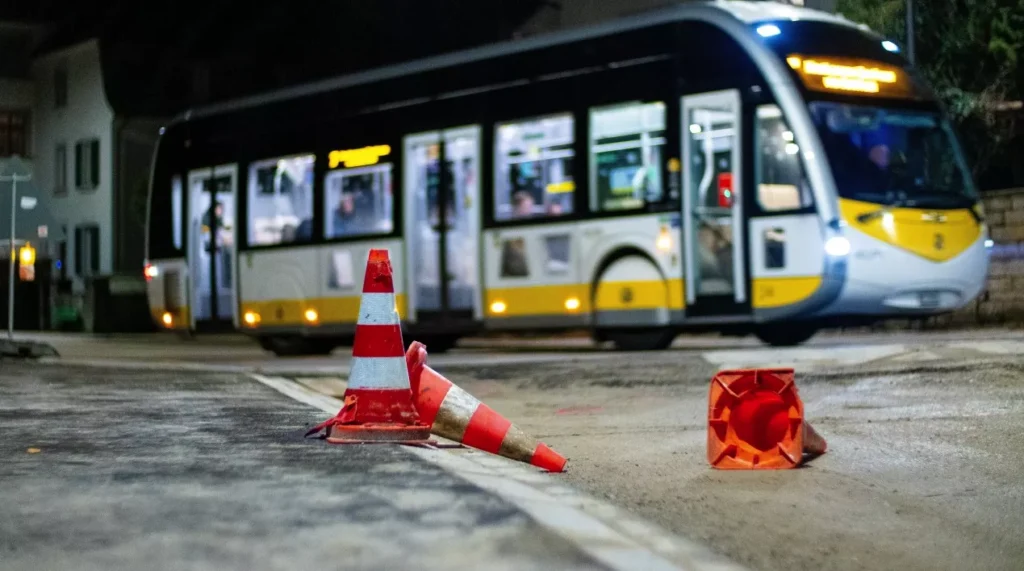







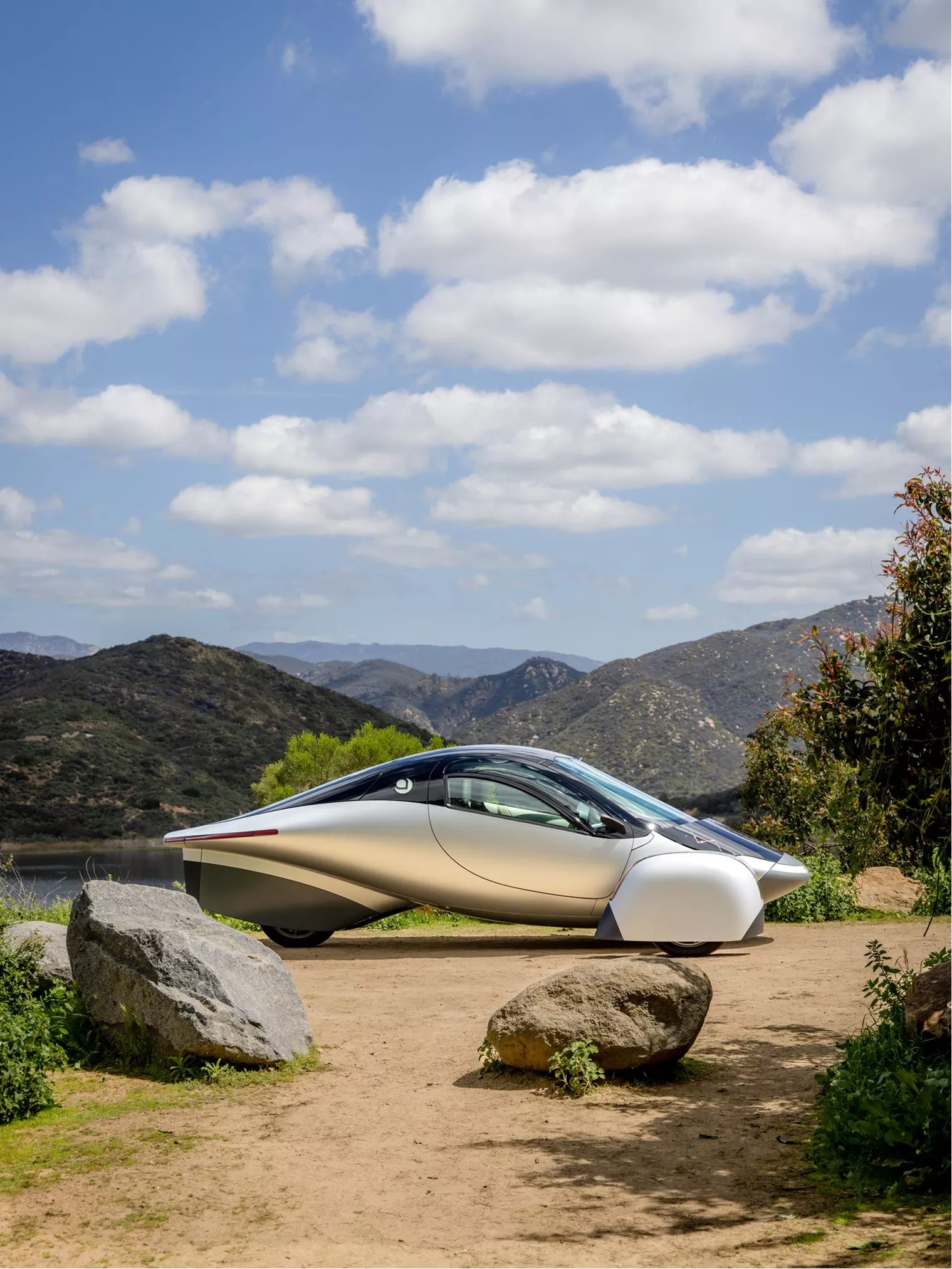
From EVs and batteries to autonomous vehicles and urban transport, we cover what actually matters. Delivered to your inbox weekly.
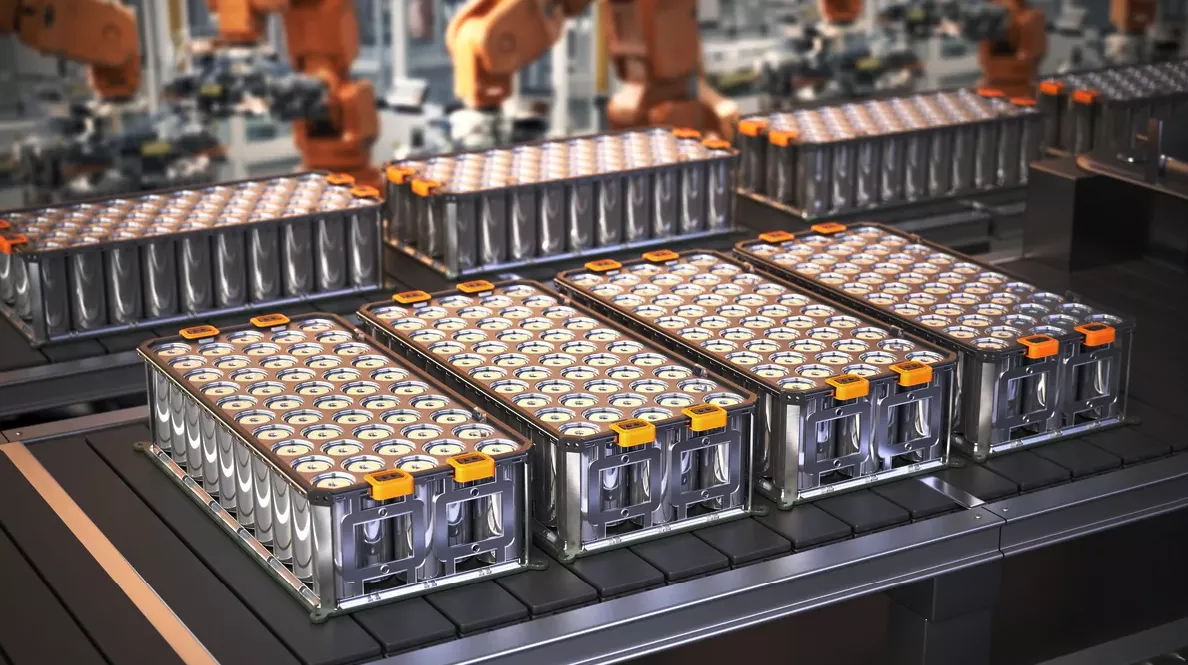
Global EV demand is booming — but the battery supply chain is buckling under the pressure.
In 2025, a fresh round of tariffs, export bans, and geopolitical friction is putting critical minerals like lithium, nickel, cobalt, and graphite under serious strain. The U.S. just hit Chinese rare earths with tariffs up to 245%. China responded by tightening graphite exports — and more restrictions could follow.
🚫 Supply chains are fragmenting. Prices are rising. And the world’s clean energy ambitions are colliding with resource nationalism.
🔋 The result? A race to secure — or recycle — battery-grade materials. Countries are scrambling to launch domestic mining, diversify processing partners, and scale closed-loop systems.
🌎 This isn’t just a tech story. It’s climate meets geopolitics meets industrial strategy — and the outcome could shape who leads in EVs, energy storage, and clean tech writ large.
👇 Let’s dig into what’s really driving the battery crunch — and what comes next.
EVs are going global. But what happens when your car’s GPS can’t keep up?
Meet what3words — a navigation breakthrough that maps the entire world into 3-meter squares, each labeled with a unique 3-word code. No more “Unnamed Roads” or sketchy coordinates. Just say “///rapid.moon.sprint” — and you’re there.
Already built into vehicles from Mercedes-Benz, Tata, and MG, what3words brings voice-activated, ultra-precise routing to both dense cities and the most remote corners of the map.
Explore what3words and never get lost again.

Battery metals are strategic assets. And right now, the race to secure them is heating up.
For the past decade, the world built its clean energy future on a single fragile foundation: China’s refining and processing dominance.
That model worked — until geopolitics got in the way.
2024–2025 brought a hard reset.
The result? Battery prices have stabilized, but costs for specific materials are creeping up again, and automakers are nervously eyeing the next bottleneck.
The scramble is on — and three strategies are emerging:
1️⃣ Nationalization & “resource sovereignty”
2️⃣ Battery recycling takes center stage
3️⃣ Geopolitical mineral clubs
🌍 The era of globalized battery minerals is over. What’s emerging is a world of regional blocs, closed loops, and mineral diplomacy.
Everything you need to know from the EV world this week.

Saudi Aramco just inked a joint development deal with BYD, China’s EV juggernaut, to co-develop next-gen vehicle efficiency tech. The goal? Help Saudi Arabia leap from 1% to 30% EV adoption by 2030. Oil giants betting on electric mobility? Now that’s an energy transition. (Reuters)
Tesla has quietly pushed back the launch of its affordable Model Y (E41) in the U.S., despite planning to build 250K units in 2026. With rivals racing ahead, the delay raises questions about whether Tesla can hold the mid-market EV crown. (Tesla News)
German battery maker LION E-Mobility AG has started shipping its next-gen NMC+ battery platform — a modular system with higher energy density, better thermal control, and use cases ranging from urban EVs to home storage. (Business Insider)
CATL dropped a full suite of battery breakthroughs at its 2025 Tech Day, including:
But don’t get too excited — tariffs and trade walls mean you might not see these techs anytime soon. (The Verge)
China just restricted exports of samarium and dysprosium, rare earths critical for EV motors and defense tech. Result? Spiking prices and panic in Western supply chains. The U.S. is now scrambling for alternative sources — from recycling to friend-shoring. (Holland & Knight)
Battery recycling trailblazer Redwood Materials is branching out — adding e-bike and e-scooter battery processing via a new partnership with Lime. The company also launched an R&D hub in San Francisco as it gears up for the next wave of lithium recovery. (The EV Report, TechCrunch)
They say lithium is the new oil. But what if we can’t get enough?
In April 2025, trade tensions hit overdrive. The U.S. slapped tariffs of up to 245% on certain Chinese goods, including critical battery minerals. China fired back, restricting exports of rare earths like samarium and dysprosium — vital for EV motors and military tech.
The result? A brewing supply shock that could reshape the battery map for years to come.
Let’s bust some myths.
🚫 Reality: Not even close. While 2023 saw a temporary lithium glut, demand is roaring back — especially in India, Indonesia, and Latin America. Add tariffs and slower-than-expected U.S. and EU mining ramp-ups, and we’re looking at a renewed squeeze by 2026.
China still controls 60–70% of global lithium refining, nearly all high-purity graphite, and a dominant share of cathode/anode materials. And now? Much of that is subject to punishing tariffs or new export controls.
⚠️ Reality: Everyone’s feeling it. Chinese battery firms are rerouting exports. Western automakers are watching input costs spike. And rare earth buyers? Scrambling for alternatives.
The U.S. hit Chinese battery products with 25–245% tariffs, and the EU is considering its own version. In return, China tightened export rules on rare earths, hitting both EV and defense supply chains. Prices are volatile, and friend-shoring isn’t happening fast enough to fill the gap.
♻️ Reality: Not yet. Companies like Redwood Materials, Ascend Elements, and Li-Cycle are making major moves — Redwood just launched a new micro-mobility recycling program with Lime — but recycled material still meets only ~10% of global lithium demand.
Scaling takes time. Right now, most battery-grade materials still come from primary mining — and from geopolitically risky locations.
🌍 Reality: Not anymore. BYD, Ola, VinFast, and others are ramping up in emerging markets — but they’re sourcing batteries from the same strained global supply chain. If raw materials get pricier, EVs everywhere get more expensive.
Even India’s bold push for V2G and battery manufacturing depends heavily on imported lithium and cobalt, much of it processed in China.
We’re staring at Battery Crunch 2.0. This time, it’s all about access, cost, and control.
🌐 No region is immune. The next phase of electrification may hinge not on tech, but on trade, mining permits, and strategic materials.
The U.S. keeps saying it’s building an EV supply chain at home. But even with $130B+ invested, the backbone of that transition — minerals, materials, and refining — still runs straight through China.
This sharp report breaks it down:
🔋 China refines 70–90% of critical EV minerals
🧪 U.S. battery factories still depend on imported cathodes and anodes
🚫 Tariffs aren’t cutting the cord — they’re just raising prices
You can’t declare mineral independence with policy slogans. Until onshore processing and real friend-shoring scale up, America’s electric future still runs on Chinese chemistry. Read more in the article.
🚨 First it was oil. Now it’s lithium, cobalt, and rare earths.
With the U.S. slapping tariffs up to 245% on Chinese battery inputs — and China hitting back with rare earth export controls — we’ve entered a new era of resource nationalism. EVs aren’t just about clean tech anymore. They’re pawns in a bigger geopolitical chess game.
The twist? This is more than just a China vs. U.S. thing.
🇮🇳 India and 🇧🇷 Brazil are scaling EV adoption fast — but still rely on imported minerals.
🇪🇺 Europe is debating its own battery tariffs — while struggling to open new mines.
🇺🇸 U.S. startups like Redwood are recycling batteries — but only meeting a fraction of future demand.
💥 The EV world was global. Now it’s fragmenting — and supply chains are caught in the crossfire.
🔋 Will tariffs actually boost local battery industries — or just slow everyone down?
🌍 Can global EV growth continue with a broken materials pipeline?
🧪 Is battery recycling the real ace up our sleeve — or just a long bet?
📢 Drop your take in the comments. The battery wars are heating up — and no one’s fully charged for what’s next.